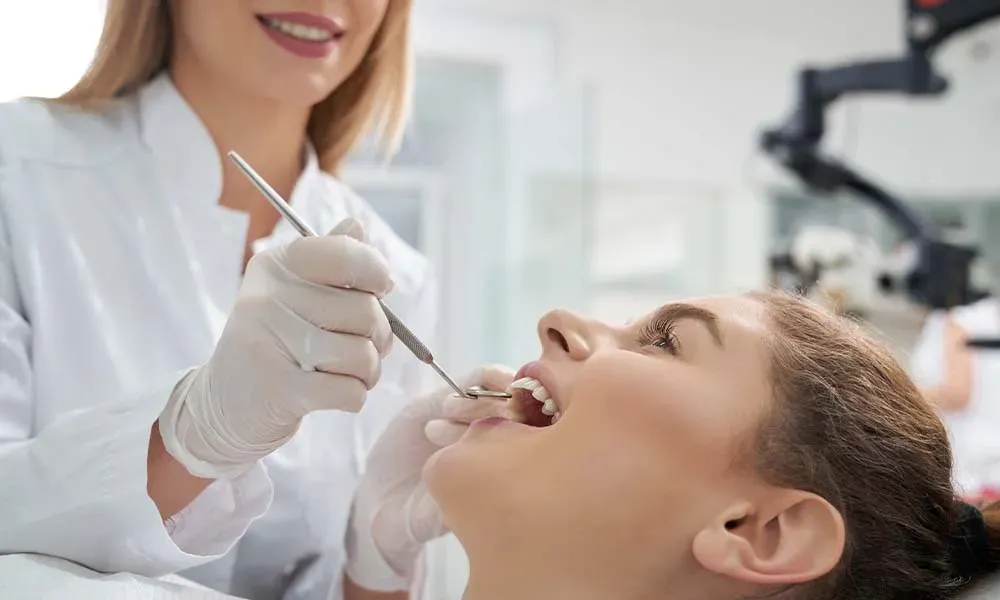Dental bonding is a simple, yet powerful solution. It turns smiles from unremarkable to unforgettable. This procedure brings hope to many, especially in places like Pearland where its popularity is on the rise. As a general dentist, my experience shines a light on the transformational benefits of this treatment. Let’s delve deeper into dental bonding and why it has become the go-to solution for many, including those seeking fillings Pearland.
What is Dental Bonding?
Dental bonding is a cosmetic dentistry procedure. It uses a tooth-colored resin to improve your smile. The resin is bonded onto the tooth, hence the name. It’s used to fix gaps, improve discolored teeth, and even repair decayed ones.
Why Dental Bonding?

There are three simple reasons for its popularity – affordability, effectiveness, and speed.
- Affordability: Compared to other dental procedures like crowns or veneers, dental bonding is more budget-friendly.
- Effectiveness: While it’s a cost-effective solution, it doesn’t compromise on results. You can expect a noticeable improvement in your smile.
- Speed: A typical dental bonding procedure takes less than an hour per tooth. That’s fast!
Dental Bonding vs Other Treatments
How does dental bonding stack up against other dental treatments? Let’s look at a comparison table.
| Treatment | Cost | Duration | Effectiveness |
| Dental Bonding | $ | Fast | High |
| Veneers | $$$ | Slow | High |
| Crowns | $$$ | Slow | High |
As you can see, dental bonding is a cost-effective and rapid solution. It offers similar effectiveness to more costly treatments.
Conclusion
Dental bonding is a powerful procedure. It can turn any smile into a masterpiece. If you’re in Pearland and are considering a dental treatment, think about dental bonding. Review the benefits and consider whether it’s a fit for you.

